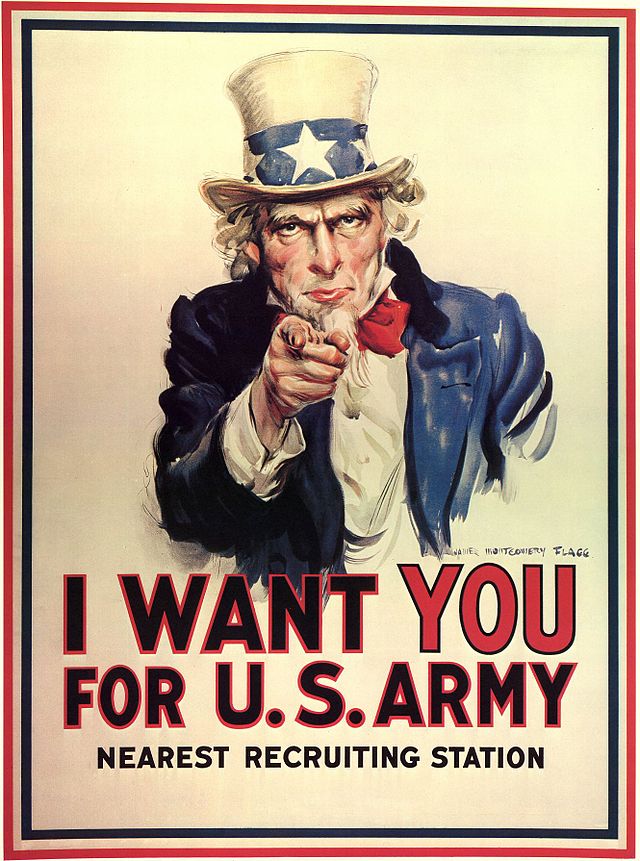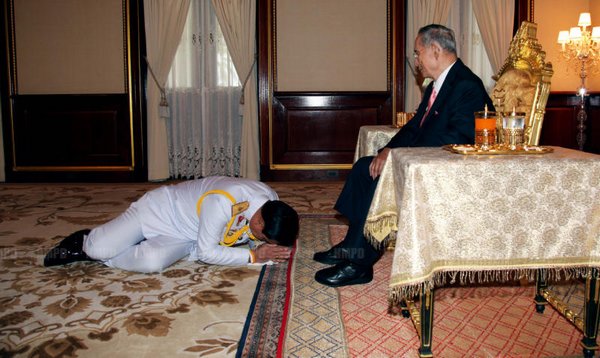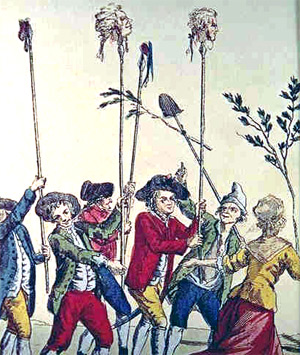With technological advances facilitating an unprecedented level of global interconnectivity, the use of propaganda in the 21st century is arguably more efficient and influential than ever before. Employing social media, video sharing, and other forms of mass-media communication, the Islamic State of Iraq and the Levant (ISIL) have relied on propaganda as their major recruitment tool. Less acknowledged, however, is the use of propaganda by Western actors, such as President Barack Obama’s speech on September 11, 2014. Considering the use of manipulative communication by both ISIL and the American President, who is winning the war of ideas?
Scholars have long argued over the very nature of propaganda. For many, propaganda naturally carries a negative connotation and is synonymous with deception, manipulation, and dishonesty. Others, however, find that propaganda is neither inherently good nor bad, and must be evaluated on a case-by-case basis before being rendered immoral. Taking the latter view, Jowett and O’Donnell define propaganda as the “deliberate, systematic attempt to shape perceptions, manipulate cognitions, and direct behavior to achieve a response that furthers the desired intent of the propagandist.”
Addressing Americans and the international community on the 13th anniversary of 9/11, President Obama made a speech aiming to muster support for an offensive against ISIL. The President immediately generated intense emotions by proclaiming that the capacity for terrorists to do great harm remains as true as it did before 9/11. By reactivating the audience’s negative feelings and bringing to mind conscious memories of an attack on home soil, Obama deliberately pumped up emotions in order to instill a wave of patriotism. Further, Obama asserted, “They execute captured prisoners. They kill children. And they enslave, rape, and force women into marriage.” By fueling the public’s imagination and providing a frightening narrative, Obama effectively justified harsh retaliatory action.
Lastly, President Obama attempted to shape perceptions in a way that would make Americans feel responsible for the lives of innocent people around the world. Divulging details of an American rescue mission, Obama quoted one of the civilians saying, “We owe our American friends our lives. Our children will always remember that there was someone who felt our struggle and made a long journey to protect innocent people.” Accordingly, Obama sought to convey a message that amplified the need for American leadership in order to prevent ‘evil’ from spreading.
Employing a media strategy largely unmatched by similar organizations, ISIL has used various mediums to propagate its cause. In a book titled Influence Warfare, Winn and Zakem note that “the emergence of new means of communication…have transformed the context for mass persuasion and have expanded opportunities for extremists to disseminate their message.” For example, ISIL has effectively engaged in a social media campaign through Twitter. Publicizing a Twitter application called “Fajr al-Bashaer,” the application sends updates to followers on ISIL’s progress in Iraq and Syria.
Further, ISIL periodically releases violent videos, such as the recent video of a captured Jordanian pilot being burned alive. Receiving thousands of views and large-scale media coverage, the terrorist organization used this video to market their brand of violence and glorify radical Islam as a seductive ideology. Al Hayat Media Centre, the media branch of ISIL, is responsible for the dissemination of such barbaric videos.
In addition to these videos, Al Hayat has released 6 issues of a magazine titled Dabiq. Published in English – indicating that they are designed to recruit Westerners – Dabiq uses two of the most influential propagandistic techniques, hate speech and religion. Drawing on the use of drone warfare and the alliance with Israel, the authors of Dabiq attempt to manipulate the reader using hate speech. Hate speech, it is said, “is one of the most pervasive propagandistic practices in the modern world…as it seeks to move an audience by creating a symbolic code for violence.”
Beyond the use of hate speech, terrorist organizations such as ISIL are notorious for using religion as a tool for mobilization. For example, in the first issue of Dabiq, the authors declare “The world has been divided into two camps…the camp of Islam and faith, and the camp of disbelief and hypocrisy – the camp of the Muslims…and the camp of the Jews, the crusaders, and with them the rest of nations and religions with disbelief.” By manipulating religious interpretations, ISIL attempts to justify terrorist attacks that have killed thousands of innocent ‘non-believers’.
Though both President Obama and ISIL have used propaganda in order to gather support for their objectives, their strategies are notably different. While ISIL uses violent videos, defaming literature, and religious manipulation, Obama is subject to legal, political, and ethical standards that limit his propaganda effort. With much greater freedom to conduct their campaign, ISIL has the ability to spread lies, fabricate facts and often deceive an exploitable audience. With a relatively limited set of influence strategies, Western nations need to rely on messages that resonate and draw numerous audiences together. Media is the battlefield, and winning requires managing perceptions and shaping attitudes.




